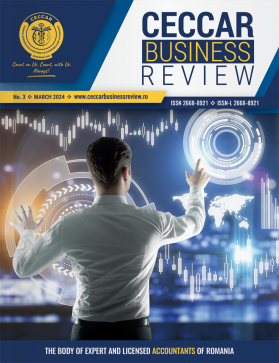
Aspecte contabile și fiscale privind subvențiile
Numărul 5, mai 2023 » Contabilitate și raportare financiară
Rezumat: Loosely, the subsidies represent non-repayable funds received by an entity subject to the fulfillment of certain conditions, as well as the donations for investments and the overstock like tangible/intangible assets. Consequently, in most cases, the non-compliance of the conditions related to the subsidies entails the transformation of non-repayable funds in loans, that is in amounts that must be returned on a given due date. Exactly due to this aspect, the way in which they are followed up, reflected in the accounting and reported is very important. For the economic entities to benefit from the advantage of these amounts, those responsible for the follow-up and registration in the accounting of the operations related to the amounts/goods received as a subsidy must know the legislation well, both the one regulating the respective subsidies, and the accounting and fiscal one, for the correct highlight of these subsidies from an accounting and tax perspective.
Clasificare JEL: M41, M48, K34 | Pagini: 15-25
Statistică:
vizualizări rezumat 117 |
descărcări PDF 157 |
vizualizări PDF 62



